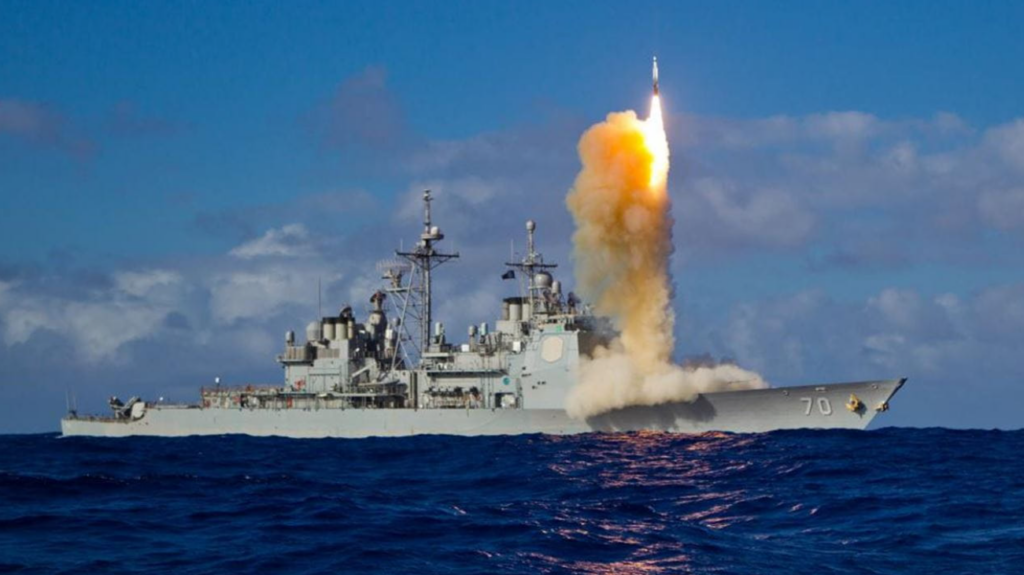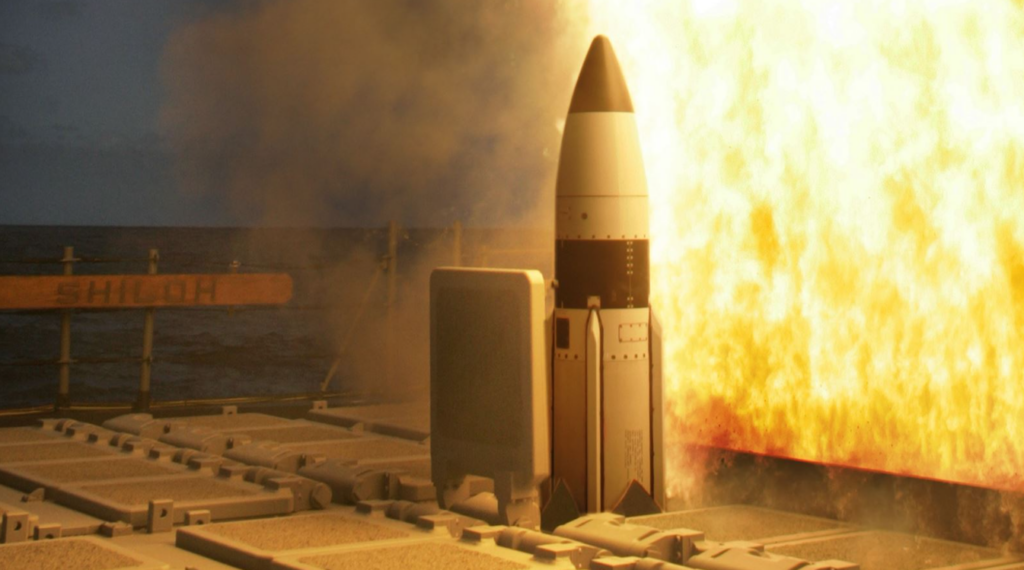Raytheon Wins $3.3 Billion SM-3 Missile Defense Contract
In May 2025, the U.S. Missile Defense Agency (MDA) awarded Raytheon (RTX) a major contract modification for its Standard Missile-3 (SM-3) air-defense system. The $2.13 billion upgrade raises the total deal value from about $1.2 billion to roughly $3.33 billion. Under this agreement, Raytheon will provide management, materials, and engineering support for multiple SM-3 missile variants used by U.S. forces and foreign military sales partners. The work will be carried out in Tucson, Arizona, and Huntsville, Alabama. The contract extends through October 2029. The Missile Defense Agency in Huntsville is the lead contracting authority, highlighting the strategic importance of SM-3 for U.S. and allied defenses. Raytheon (a unit of RTX Corp.) is the prime contractor on the SM-3 program.
The SM-3 is an advanced interceptor missile that defends against short- and intermediate-range ballistic missiles during midcourse flight outside the atmosphere. It is a key part of the U.S. Navy’s Aegis Ballistic Missile Defense system. SM-3 interceptors fire from Mk-41 launch cells on Aegis-equipped ships or and-based Aegis Ashore sites. Because SM-3 batteries can protect very large areas at once, the system is often used for “regional defense” of allied territory. For example, U.S. ships carry SM-3s off the coast of Europe, and a land-based site in Romania is already operational with SM-3 missiles. Future European deployments include an Aegis Ashore battery in Poland.
During recent operations against the Houthi, the US Navy expended more than 400 individual munitions, including SM-2, SM-6 and around 20 SM-3 missiles.

The SM-3 measures approximately 6.5 meters (21 feet) long and 0.34 meters (13.5 inches) in diameter. Its multi-stage design includes a solid rocket booster, a second and third stage propulsion system, and a kinetic warhead at the tip. When launched, the missile weighs around 1.5 tons (3,300 pounds). The missile has a top speed of Mach 15 (5 kilometers per second or 11,000 miles per hour). SM-3 Block IA and IB variants can intercept threats that range between 500 and 700 kilometers, but the Block IIA version extends that range to approximately 1,200 kilometers. This extended range makes it ideal for regions such as Europe and the Indo-Pacific. In flight, the missile navigates using inertial guidance with GPS updates and in-flight command guidance from the ship.
SM-3 is operated by both the United States and Japan, and its role has been central to missile defense among allies. Over 400 SM-3 interceptors have been delivered to U.S. and Japanese forces. The program has accomplished dozens of successful intercepts in both testing and on operations. Among these are shooting down simulated missile targets and destroying an unusable spy satellite in space. Overall, the SM-3 deal keeps this proven missile system up to date, benefiting U.S. and partner defenses for years to come.

